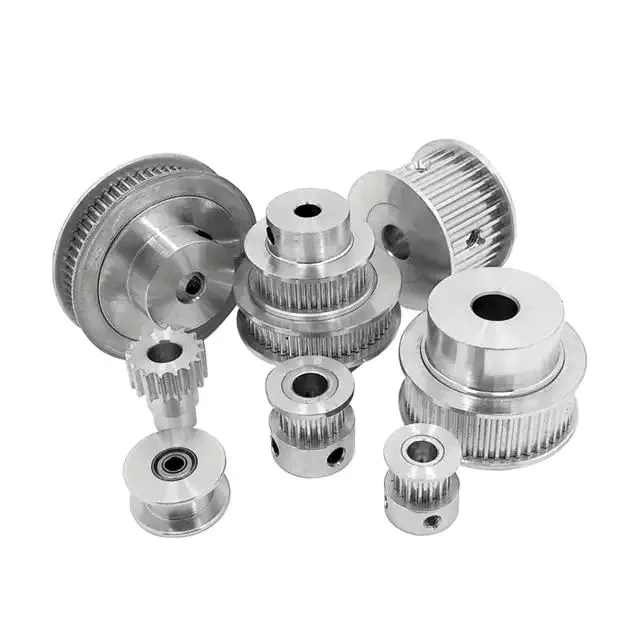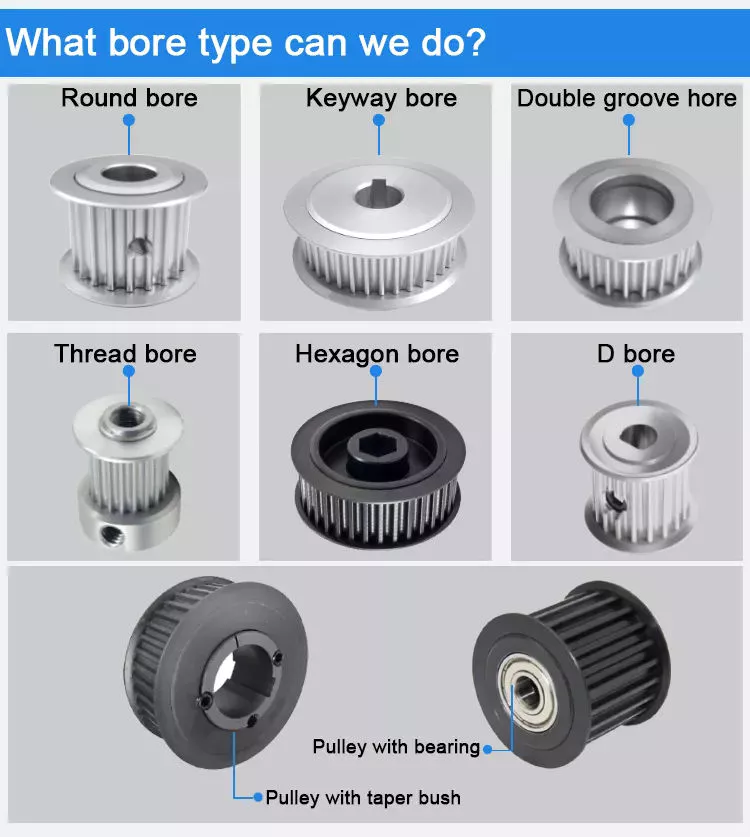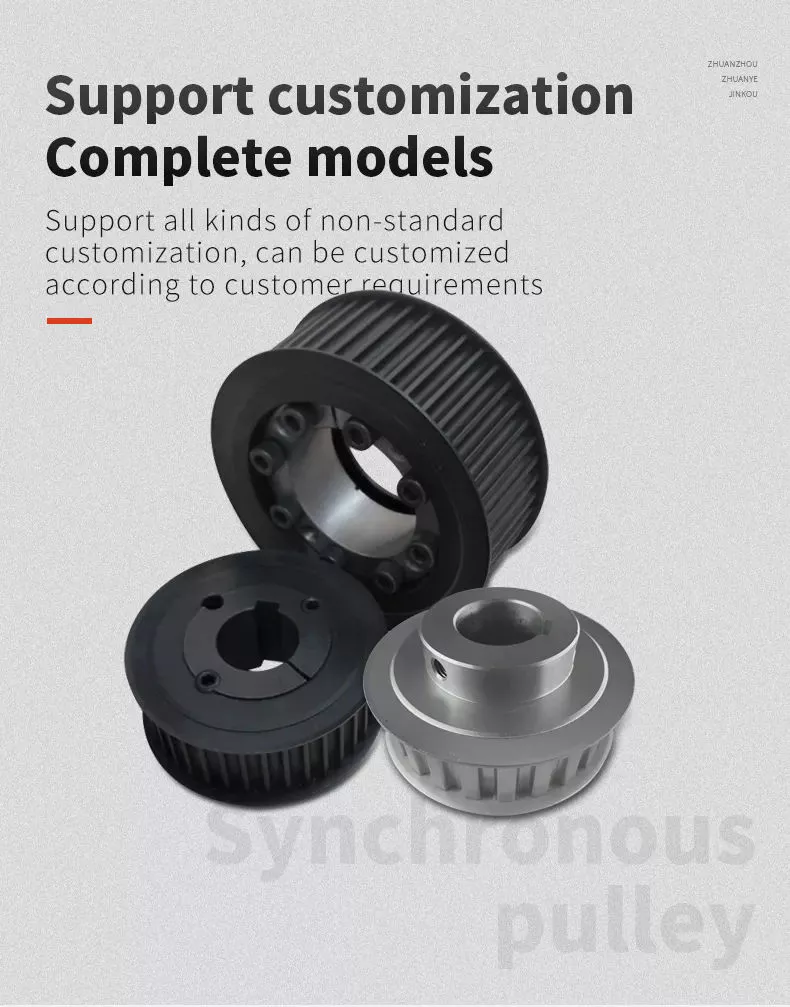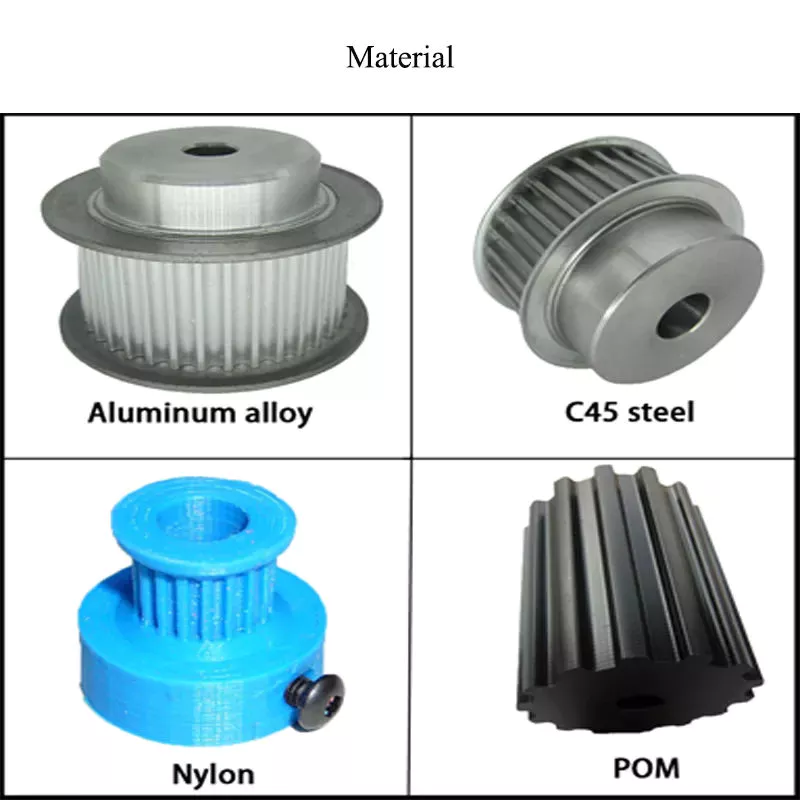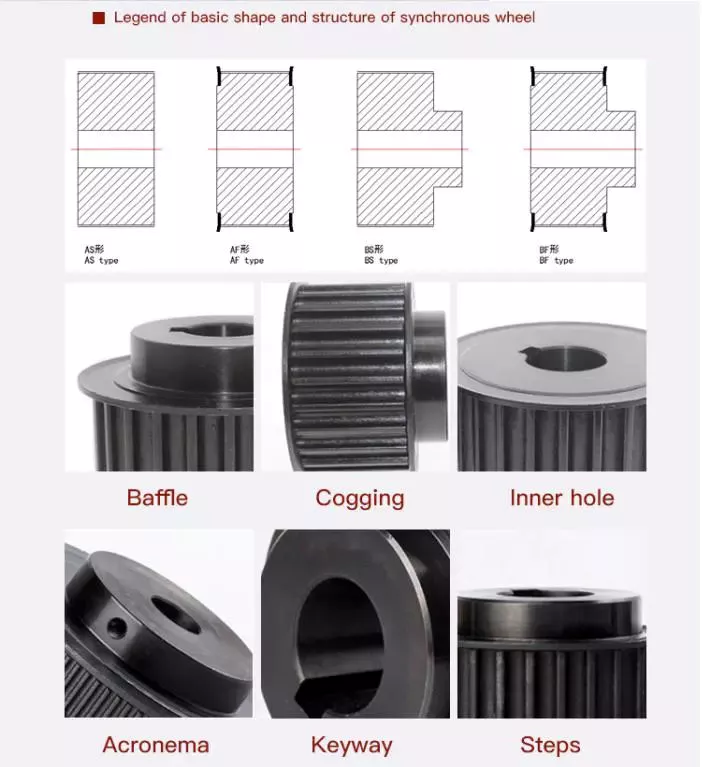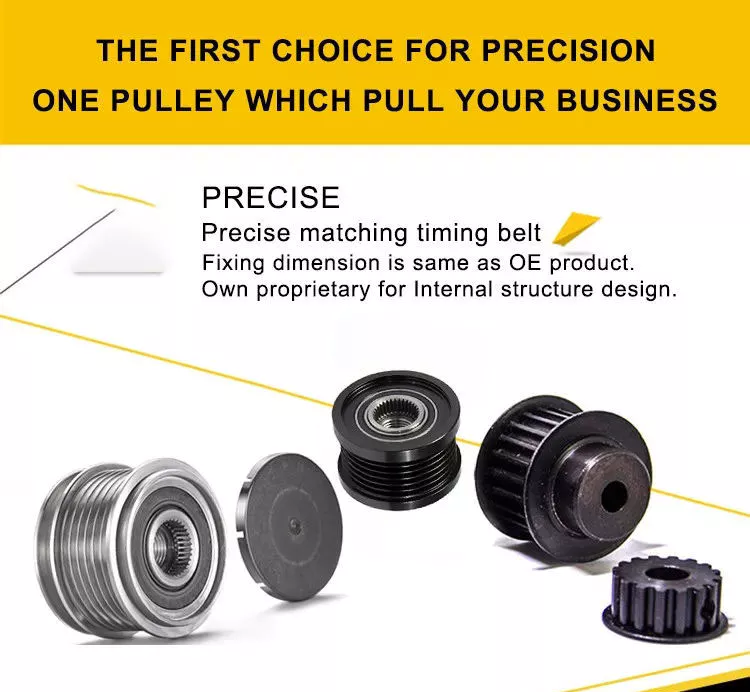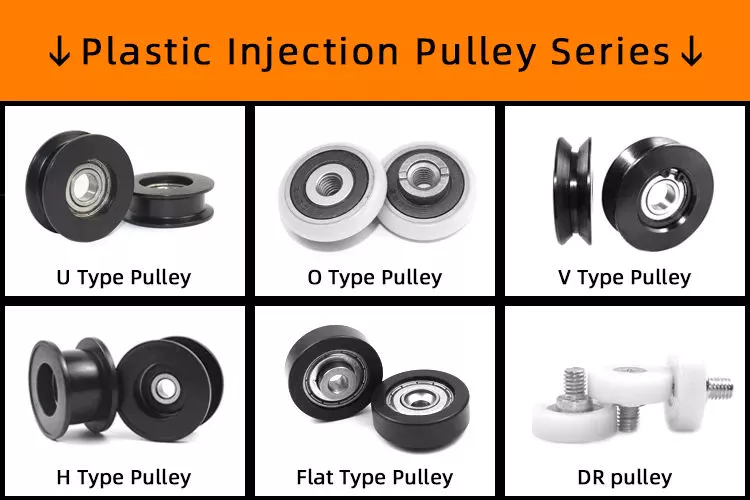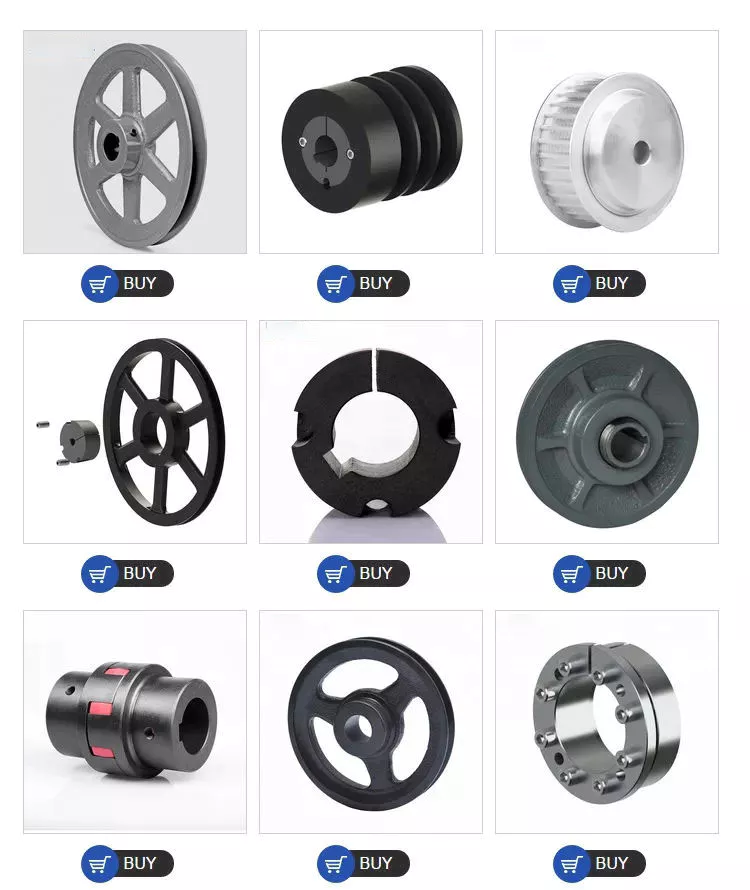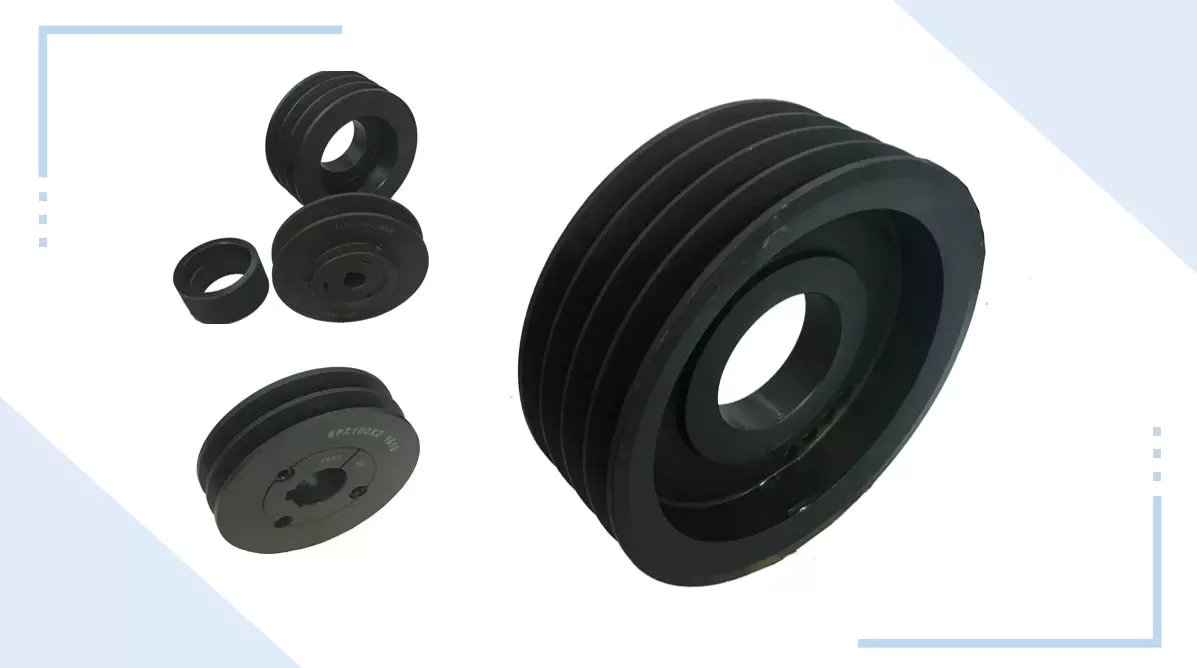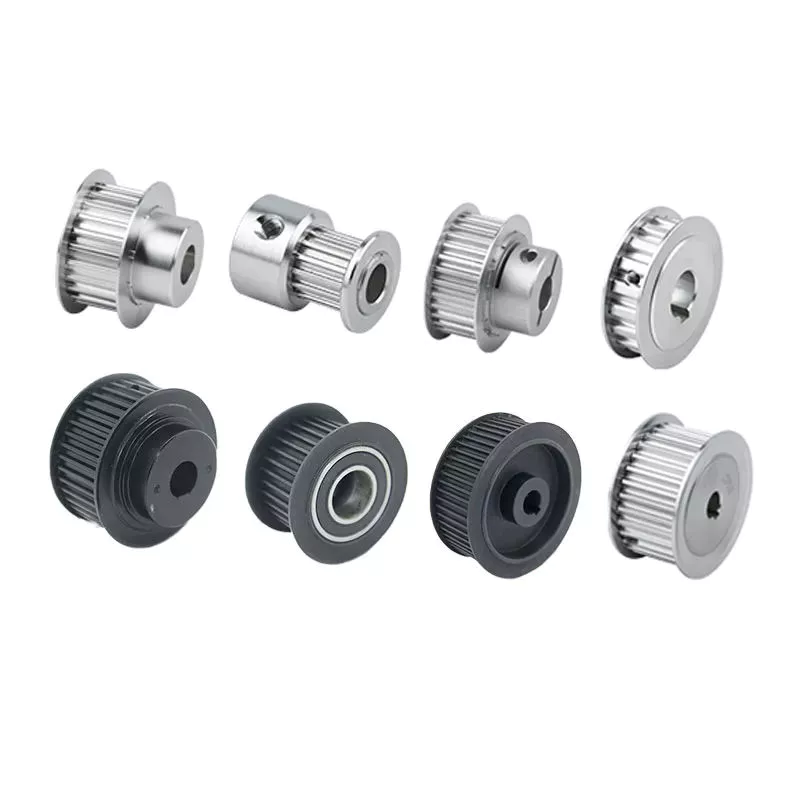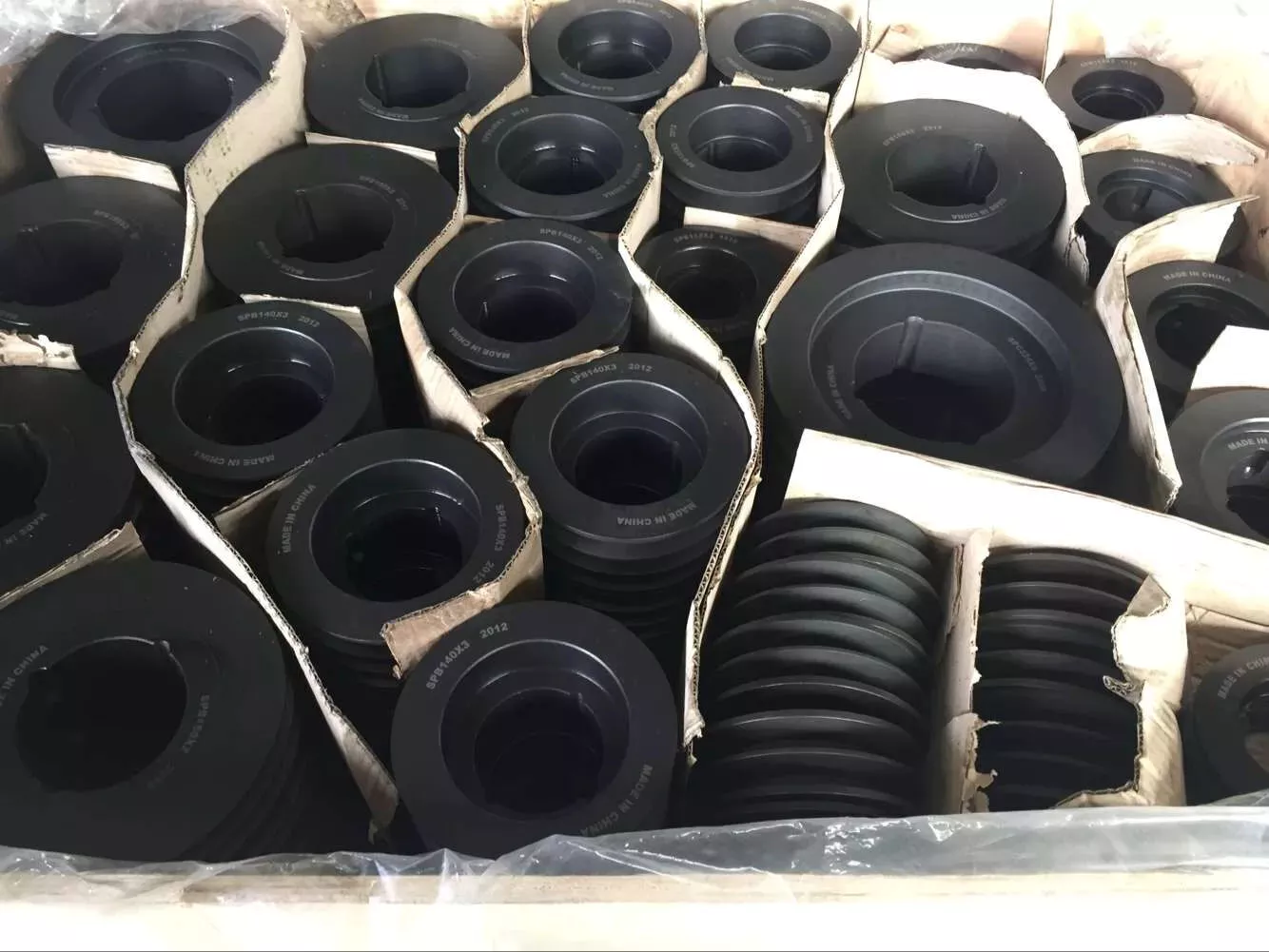Product Description
CHINAMFG Machinery specializes in power transmission components:
1. Keyless Locking Devices,
2. Timing Belt Pulleys,
3. Nylon Sleeve Couplings,
4. Jaw Couplings,
5. Shaft Collars; Fixing Collar,
6. Spur Gears and other parts,
7. Torque Limiters,
8. Mechanical Parts made-to-order
· Ubet Keyless Locking Devices are used in rotating machinery, producing clamping pressure between surface of locking device and shaft to create adjustable and releasable mechanical connection, so as to clamp gears, pulleys and other components to a shaft without threads or keys
Materials of CHINAMFG Locking Device are available in:
Carbon Steel S45C, C45E, 1045, 40Cr, 42CrMo4V
Stainless Steel AISI431, AISI304
· Ubet Machinery Timing Belt Pulleys and Toothed Bars/ Timing Bars.
Standard and non-standard pulleys according to drawings are available.
Materials of CHINAMFG Timing Belt Pulleys are available in:
AlCuMgPb 6061 6082 Aluminum Timing Pulley
C45E 1045 S45C Carbon Steel Timing Pulley
GG25 HT250 Cast Iron Timing Pulley
SUS303 SUS304 AISI431 Stainless Steel Timing Pulley
Other material on demand, such as cooper, bronze and plastic
· Ubet Jaw couplings are designed as 3 piece combination, including 2 hubs and 1 elastomer made of polyurethane. The curved jaw fits CHINAMFG the spider, which minimizes shock to the motor and other sensitive equipment.
Material: Alluminum for size below 42
Steel for size over 42
Finish: Natural or Anodizing
Size Range: 19 to 75
Finished bore: according to ISO fit H7
Keyway width: according to DIN 6885/1
The Tolerance of keyway is Js9
| Process | Equipment | Precision Degree | Machining range |
| Blank Making | Resin bonded sand production line;Vertical parting flaskless molding line,146 opening production line;Electric furnace; CHINAMFG cupola; Guillotine shear,Punching machine; Forge rolling machine; Precision die forging machine; | precision cast; precision forging; precision molding | All sorts of casting and forging parts |
| Heat Treatment | Vertical furnace; Speckled furnace;High frequency quenching furnace | Material hardness transformation≤HRC1 | Hardening and Tempering; Quenching; High frequency quenching; Carburizing and quenching |
| Machining | Precise NC machine | Dimesion tolerance 6 degree; Roughness Ra0.8; Roundness,straightness and concentricity accuracy≤0.01mm | inner hole≥5mm, outside diameter ≤800mm |
| Grinding machining | NC excircle grinding machine; Surface grinding machine | Dimesion precision 5 degree; Roughness Ra0.4 | Outside diameter 3mm to 320mm |
| Teeth-profile Making | NC gear hobbing maching; gear slotting machine | Roughness Ra1.6; Concentricity 0.05 | Maximum module M=10, OD≤1800mm |
| Hobbing and drilling | CNC machine;drilling machine;NC milling machine | Hole dimesion tolerance 6 degree; positioning accuracy 0.05 | Workbench leghth 1650mm; width 852mm; minimum diameter 1mm |
| Other Machining | Hydraulic broaching machine; sawing machine; punching machine; lather labeling machine | keyway tolerance 7 degree; symmetry degree 0.05 | spline; straight keyway; spline keyway |
| Surface Treatment | polishing machine; plating production line; spray-painting line;coating line;oxidizing line; phosphating line | In accordance with European standard RoHS. | Surface polishing; Cr6+free zinc plating,Nickle hard chromium; Decorative chrome plating;Nickle;Paiting; phosphating; Anodizing;blackening;Dacrotized |
/* January 22, 2571 19:08:37 */!function(){function s(e,r){var a,o={};try{e&&e.split(",").forEach(function(e,t){e&&(a=e.match(/(.*?):(.*)$/))&&1
| Pulley Sizes: | Timing |
|---|---|
| Manufacturing Process: | Sawing |
| Material: | Steel,Aluminum,Stainless Steel |
| Surface Treatment: | Black Oxide, Phosphating, Nickel Plating |
| Application: | Chemical Industry, Grain Transport, Mining Transport, Power Plant |
| Power Lock: | as, Rfn7012, Tlk200 |
| Samples: |
US$ 3/Piece
1 Piece(Min.Order) | |
|---|
| Customization: |
Available
| Customized Request |
|---|
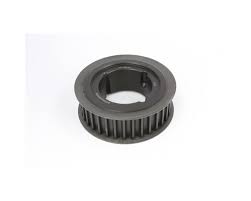
How do HTD pulleys impact the performance of 3D printers and CNC machines?
HTD pulleys have a significant impact on the performance of 3D printers and CNC machines. They play a crucial role in these systems by enabling precise motion control, reliable power transmission, and accurate positioning. Here's a detailed explanation of how HTD pulleys impact the performance of 3D printers and CNC machines:
1. Precise Motion Control:
HTD pulleys, when used in conjunction with HTD belts, provide precise motion control in 3D printers and CNC machines. These systems require accurate and repeatable movements to create intricate 3D prints or precisely cut and shape materials. The teeth on the HTD pulleys mesh with the teeth on the HTD belts, creating a positive engagement that minimizes slippage and ensures accurate motion transfer. This precise motion control allows for high-resolution printing and machining, resulting in detailed and accurate output.
2. Synchronization and Timing:
In both 3D printers and CNC machines, synchronization and timing are crucial for optimal performance. HTD pulleys, combined with HTD belts, help achieve precise synchronization of multiple axes or components within these systems. The teeth on the pulleys and belts ensure accurate timing and coordination of movements, allowing for complex operations such as multi-axis printing or simultaneous machining on different parts of the workpiece. This synchronization enhances the overall performance and efficiency of 3D printers and CNC machines.
3. Reduced Backlash:
Backlash, which refers to the play or clearance between mating components, can negatively impact the precision and accuracy of 3D printers and CNC machines. HTD pulleys are designed to minimize backlash due to their toothed profile. The engagement between the teeth of the pulleys and belts creates a positive drive, reducing the effects of backlash. This results in improved positional accuracy and repeatability, ensuring that the printed or machined parts are dimensionally consistent and free from unwanted variations caused by backlash.
4. High Torque Transmission:
3D printers and CNC machines often require the transmission of high torque to drive the motion of the print head or cutting tool. HTD pulleys are capable of efficiently transmitting high torque due to their toothed profile and robust construction. The teeth on the pulleys provide a large contact area with the teeth on the belts, enabling effective power transmission without slippage. This high torque transmission capability allows 3D printers and CNC machines to handle demanding tasks and work with a wide range of materials effectively.
5. Low Noise and Vibration:
HTD pulleys contribute to the smooth and quiet operation of 3D printers and CNC machines. The positive engagement between the teeth on the pulleys and belts reduces vibration and noise generation during operation. This is particularly important in applications where noise reduction is desired, such as in office or laboratory environments. The low noise and vibration characteristics of HTD pulleys enhance the overall user experience and ensure a more pleasant and controlled working environment.
6. Flexibility and Adaptability:
HTD pulleys offer flexibility and adaptability to accommodate different configurations and requirements in 3D printers and CNC machines. They are available in various sizes, tooth profiles, and materials to suit specific system designs and applications. This allows for customization and optimization of the pulley system to meet the specific needs of the printer or machine, whether it is a compact desktop 3D printer or a large-scale CNC machining center. The flexibility and adaptability of HTD pulleys contribute to the versatility and efficiency of these systems.
7. Longevity and Reliability:
HTD pulleys are designed for durability and long-term reliability. They are typically made from high-quality materials, such as aluminum or steel, to withstand the demands of continuous operation in 3D printers and CNC machines. The tooth profile and construction of HTD pulleys ensure minimal wear and extended lifespan, reducing the need for frequent replacements. This enhances the overall reliability of the systems, minimizing downtime and maintenance requirements.
In summary, HTD pulleys have a significant impact on the performance of 3D printers and CNC machines. They enable precise motion control, synchronization, and timing, reduce backlash, facilitate high torque transmission, provide low noise and vibration operation, offer flexibility and adaptability, and contribute to longevity and reliability. By incorporating HTD pulleys into these systems, 3D printers and CNC machines can achieve high-quality output, increased productivity, and enhanced user experience.
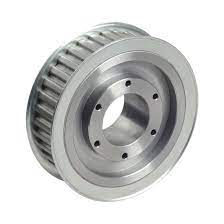
How are HTD pulleys utilized in robotics and automation applications?
HTD pulleys play a significant role in robotics and automation applications. They are utilized in various ways to enable precise motion control, power transmission, and synchronization within these systems. Here's a detailed explanation of how HTD pulleys are utilized in robotics and automation:
1. Robot Arm Actuation:
In robotics, HTD pulleys are commonly used for actuating robot arms. They are integrated into the joint mechanisms of the robot arm to transmit rotational motion from the motor to the arm segments. HTD pulleys are mounted on the motor shaft and connected to the joint shafts using HTD belts. This arrangement allows for accurate and synchronized movement of the robot arm, enabling precise positioning and control for various tasks in automation applications.
2. Conveyor Systems:
Conveyor systems are widely used in automation applications for material handling and assembly processes. HTD pulleys are utilized in these systems as drive pulleys to provide the driving force for the conveyor belts. The pulleys are mounted on the drive shaft and engage with the teeth on the HTD belts, causing the belts to move. HTD pulleys ensure efficient power transmission, synchronization, and accurate tracking of the conveyor belts, enabling the smooth and reliable transportation of materials or products in automated production lines.
3. Linear Motion Systems:
HTD pulleys are employed in linear motion systems within robotics and automation. They are used in conjunction with HTD belts and linear guides to convert rotary motion into linear motion. The pulleys are mounted on the motor shaft, and the HTD belt is routed around the pulley and connected to a carriage or load. As the pulley rotates, it drives the belt, causing the carriage to move along the linear guide. This enables precise and controlled linear motion in applications such as pick-and-place operations, CNC machines, and 3D printers.
4. Robotic Grippers and End Effectors:
HTD pulleys are integrated into robotic grippers and end effectors for efficient and precise gripping and manipulation tasks. In such applications, pulleys are often used in combination with cables or belts to transmit motion to the gripper fingers or end effector components. By incorporating HTD pulleys, the gripping or manipulation actions can be synchronized and accurately controlled, allowing robots to handle objects with precision and reliability in automation applications.
5. Robotic Positioning and Path Planning:
HTD pulleys are utilized in robotic positioning and path planning systems. By integrating pulleys into the robot's joints or drive mechanisms, precise motion control and synchronization can be achieved. This enables robots to follow predefined paths accurately, perform complex trajectories, and achieve precise positioning and orientation. HTD pulleys contribute to the overall accuracy and repeatability of robotic movements, ensuring reliable performance in automation applications.
6. Collaborative Robots (Cobots):
In the realm of collaborative robots (cobots), HTD pulleys are commonly used to facilitate safe and precise human-robot interaction. Cobots are designed to work alongside humans, and HTD pulleys contribute to their safe operation. By incorporating pulleys into the cobot's joint mechanisms, power transmission can be achieved with reduced backlash and improved control. This allows for smooth and precise movements, enhancing the safety and collaboration between humans and robots in various automation scenarios.
In summary, HTD pulleys find extensive utilization in robotics and automation applications. They enable precise motion control, power transmission, and synchronization in robot arm actuation, conveyor systems, linear motion systems, robotic grippers and end effectors, robotic positioning and path planning, and collaborative robot applications. By incorporating HTD pulleys into these systems, robots and automated machinery can perform tasks with accuracy, efficiency, and reliability, contributing to increased productivity and improved automation processes.
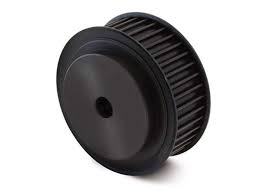
What are the advantages of using HTD pulleys for timing and synchronous belt systems?
Using HTD pulleys in timing and synchronous belt systems offers several advantages. Here's a detailed explanation of the benefits of using HTD pulleys in these systems:
1. Accurate Timing and Synchronization:
HTD pulleys are designed to provide precise timing and synchronization in timing belt systems. The tooth profile of HTD pulleys matches the tooth profile of HTD belts, ensuring accurate engagement and transfer of rotational motion. This precise timing and synchronization are crucial in applications where multiple components need to work together, such as in robotics, automation, and CNC machines. HTD pulleys help maintain consistent motion control and prevent timing errors, resulting in improved system performance and reliability.
2. Efficient Power Transmission:
HTD pulleys contribute to efficient power transmission in timing and synchronous belt systems. The trapezoidal tooth profile of HTD pulleys allows for a larger contact area between the pulley and the belt compared to other pulley types. This increased contact area improves power transfer efficiency by reducing the concentration of forces on individual teeth. It minimizes slippage and ensures a reliable transfer of power from the pulley to the belt, maximizing energy transmission and system efficiency.
3. Reduced Backlash:
Backlash, which refers to the slight movement or play between the teeth of a pulley and the corresponding belt, can negatively impact system performance. HTD pulleys are designed to minimize backlash, ensuring precise motion control and power transmission. By reducing backlash, HTD pulleys minimize energy losses and improve the overall efficiency of the system. They help maintain accurate positioning and prevent undesired motion or vibration, particularly in applications requiring precise synchronization and control.
4. Noise Reduction:
HTD pulleys and belts are known for their quiet operation. The accurate tooth engagement and reduced backlash characteristic of HTD pulleys contribute to a smoother and quieter system. The trapezoidal tooth profile minimizes noise generation during operation, resulting in a quieter working environment. This is particularly advantageous in applications where noise reduction is essential, such as in office equipment, medical devices, and consumer electronics.
5. Versatility and Availability:
HTD pulleys are available in a wide range of sizes, configurations, and materials to suit various application requirements. They can accommodate different belt widths and power transmission needs. The availability of HTD pulleys in the market makes them easily accessible for system design and integration. Their versatility allows for flexibility in designing timing and synchronous belt systems for different industries and applications.
6. Durability and Reliability:
HTD pulleys are designed to be durable and reliable. They are constructed using high-quality materials such as aluminum, steel, or plastic, depending on the application requirements. These materials provide strength, resistance to wear, and corrosion protection. HTD pulleys are designed to withstand demanding operating conditions and offer long service life, reducing maintenance needs and ensuring system reliability.
In summary, using HTD pulleys in timing and synchronous belt systems provides advantages such as accurate timing and synchronization, efficient power transmission, reduced backlash, noise reduction, versatility, and durability. These benefits contribute to improved system performance, energy efficiency, and overall reliability in various applications across industries.


editor by CX
2024-04-16
